DOUBLE FEATURE
The monthly Double Feature sees itself as a platform for various trends and forms of expression in film and video art production. For more than seven years, the SCHIRN has invited national and international film and video artists to present a work from their own oeuvre, followed by a film of their choice. In conversation with the curators Katharina Dohm and Matthias Ulrich as well as guest curators, they provide a comprehensive insight into their creative work, and in particular into their interest in film. Films and video works by over 60 artists have already been shown at the SCHIRN. In 2019 the public can look forward to contributions from artists including Mikhail Karikis, Pedro Barateiro and Mario Pfeifer. The videos and conversations with artists who have participated so far, including Monira Al Qadiri, Bianca Baldi, Eli Cortiñas, Gery Georgieva, Beatrice Gibson, Andrew Norman Wilson, Lili Reynaud-Dewar, Ani Schulze, Timur Si-Qin, Paul Spengemann, Pilvi Takala, and Holly Zausner, can be accessed via the SCHIRN’s YouTube channel under the title “Double Feature Conversations.” The SCHIRN MAGAZINE also regularly provides discursive contributions with an editorial focus on video art to accompany the Double Feature series.
RATHER THAN PRESENTING THE WORKS AS OBJECTS IN AN EXHIBITION ROOM, “DOUBLE FEATURE” CREATES A CINEMA-LIKE VIEWING SITUATION THAT FOCUSES SOLELY ON THE SCREEN.
[Translate to English:] Angel Vergara
[Translate to English:]
Angel Vergara macht Videobilder. Er verwendet meist gefundenes Filmmaterial, das auf eine Leinwand projiziert wird, und stellt eine Glasscheibe davor, auf der er malt. Die Fotografien der bemalten und übermalten Glasscheiben vor dem Filmmaterial heben den malerischen Akt auf, sie zeigen lediglich die jeweiligen malerischen Zwischenergebnisse und verdoppeln das Bild in ein originäres und ein assoziatives. Vergara verbindet Kunstgeschichte mit Popgeschichte, taucht die Lichtshow eines Popkonzerts in einen Sonnenuntergang oder verbindet Marcel Broodthaers mit dem impressionistischen Garten von Claude Monet.
In der SCHIRN stellt Angel Vergara drei seiner Werke vor: "Les belles idées reçues" (2020), "and yes I said yes I will Yes. (2012) und "Feuilleton, die sieben Todsünden" (2011), sowie einen Film seiner Wahl nach einem Gespräch mit SCHIRN-Kurator Matthias Ulrich.

NEXT EVENT
Angel Vergara
Angel Vergara makes video paintings. He uses mostly found footage that is projected onto a screen and places a pane of glass in front of it on which he paints. The photographs of the painted and overpainted glass panes in front of the film material erase the painterly act, they merely show the respective intermediate painting results and double the picture into an original and an associative one. Vergara combines art history with pop history, immerses the light show of a pop concert in a sunset or connects Marcel Broodthaers with Claude Monet's Impressionist garden.
In the SCHIRN, Angel Vergara presents three of his works: "Les belles idées reçues" (2020), "and yes I said yes I will Yes. (2012) and "Feuilleton, the seven deadly sins" (2011), as well as a film of his choice after a conversation with SCHIRN curator Matthias Ulrich.

JOHANNA BRUCKNER
The multimedia work of Johanna Bruckner, born in Austria in 1984, takes up the discourse between society and the individual, which is designed by new technologies, and asks about the influences and dependencies of information and the apparently autonomously operating communication systems. The concrete human body comes to the fore in the performative works and illustrates the conflict between affirmation and resistance, between becoming a machine and posthuman existence. In her new video work she dissolves the bodies into synthetic particles and connects them to space.
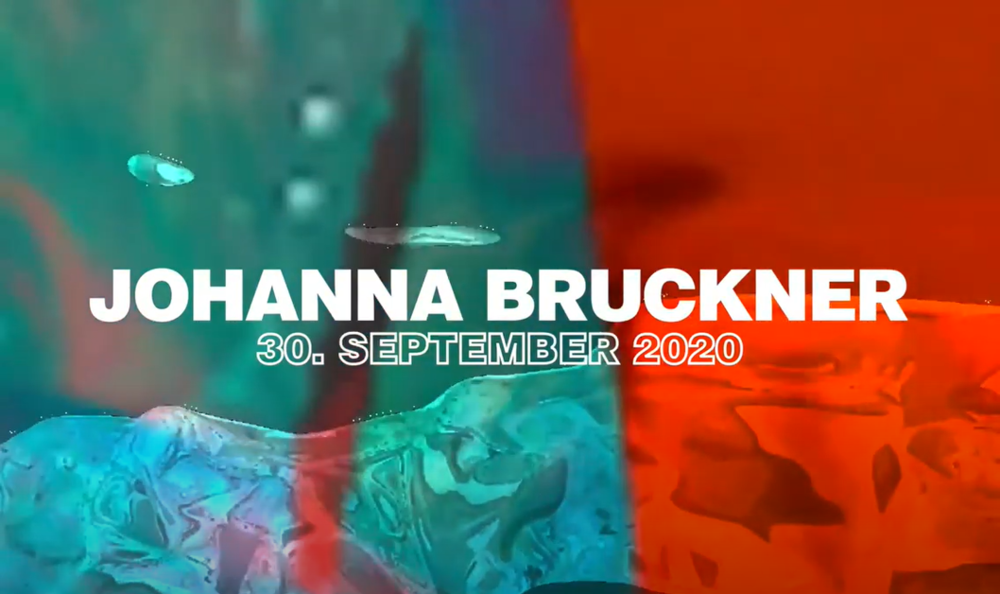
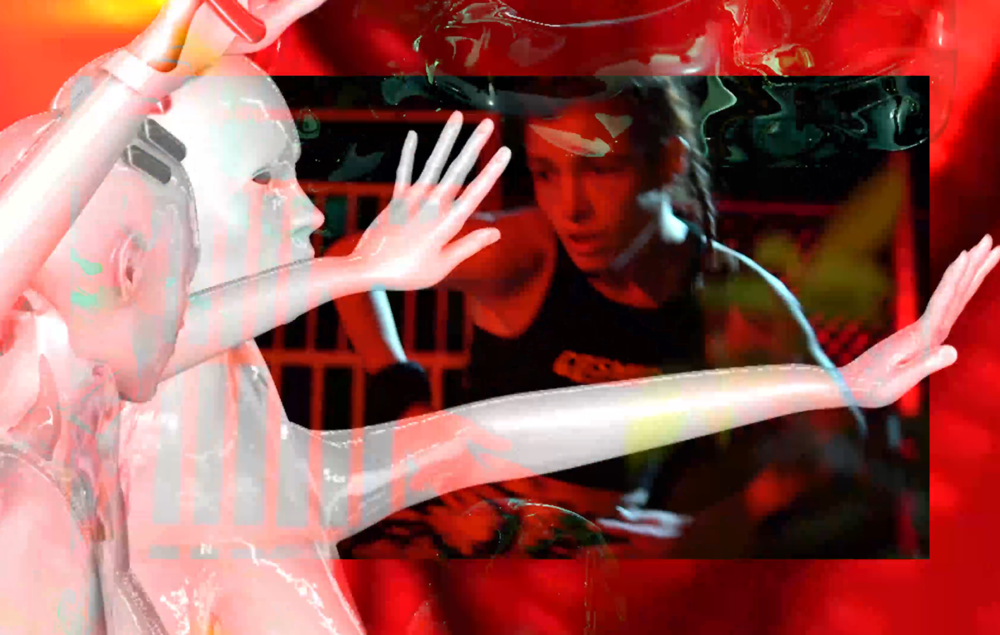

[Translate to English:] JOHANNA BRUCKNER
[Translate to English:]
Die multimediale Arbeit der 1984 in Österreich geborenen Johanna Bruckner nimmt den durch neue Technologien entworfenen Diskurs zwischen Gesellschaft und Individuum auf und fragt nach den Einflüssen und Abhängigkeiten von Informationen und der scheinbar autonom operierenden Kommunikationssysteme. Der konkrete menschliche Körper tritt in den performativen Arbeiten in den Vordergrund und veranschaulicht den Konflikt zwischen Affirmation und Widerstand, zwischen einem Maschine-Werden und posthumaner Existenz. In ihrer neuen Videoarbeit löst sie die Körper in synthetische Partikel auf und verbindet sie mit dem Weltraum.


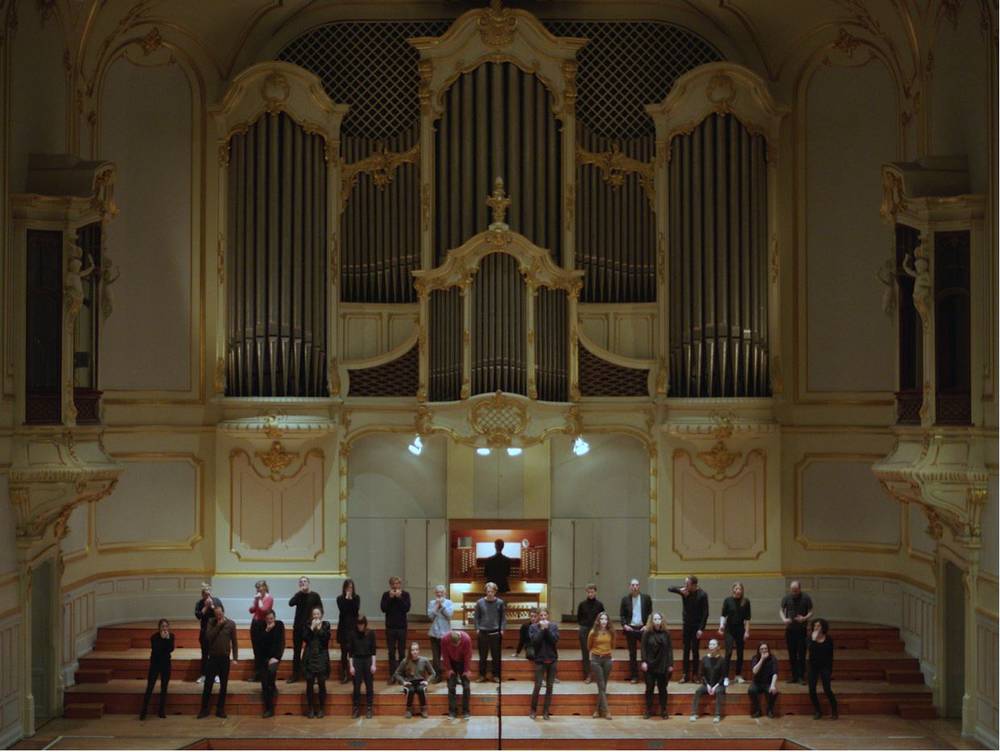
ANNIKA KAHRS
Sound as a communications tool forms a central theme in the work of Annika Kahrs. Her performances, films, photo series and installations are often based on musical productions conceived as playful experimental setups. Music as a verbal form of expression functions at the same time as an outlet and a metaphor in all of this. At the Schirn, the artist will be showing her film the lord loves changes, it’s one of his greatest delusions (2018, 16 Min.), in which she adapts two pieces by American composer Julius Eastman.
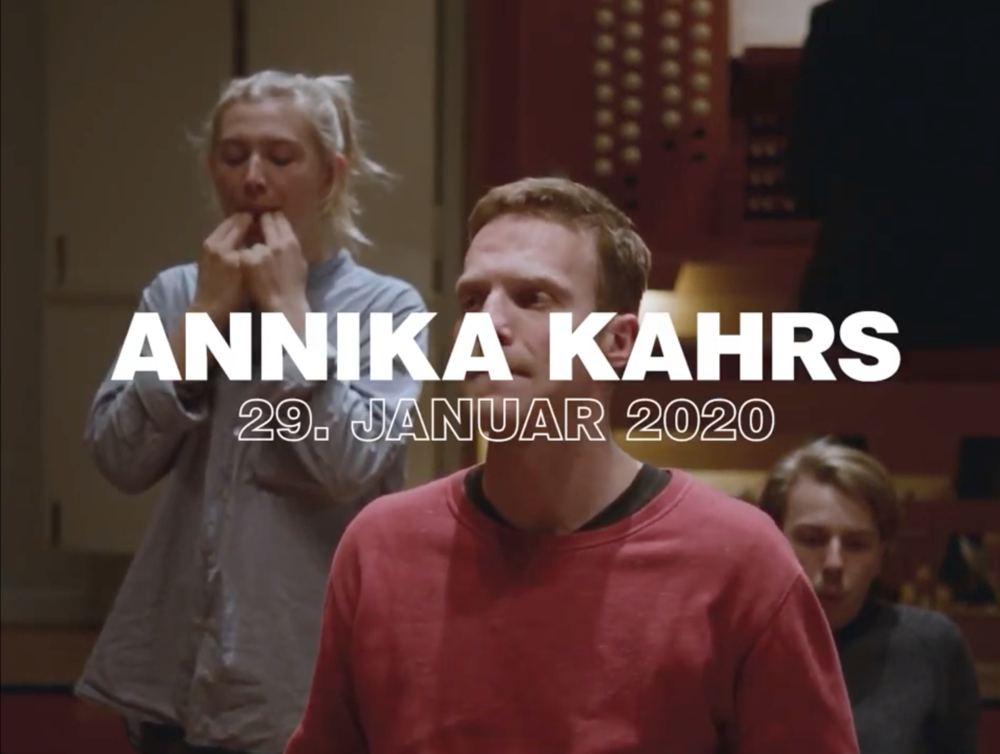
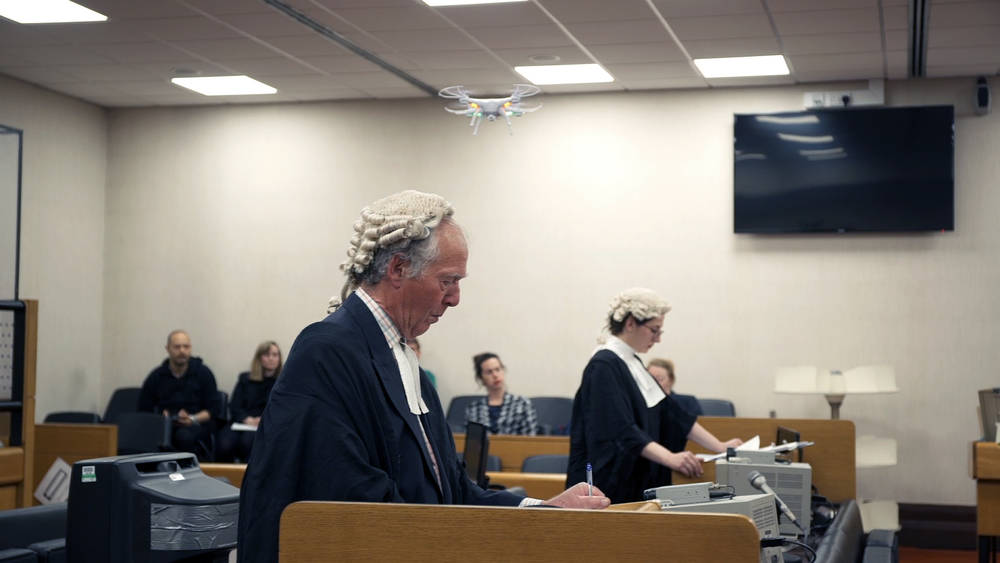
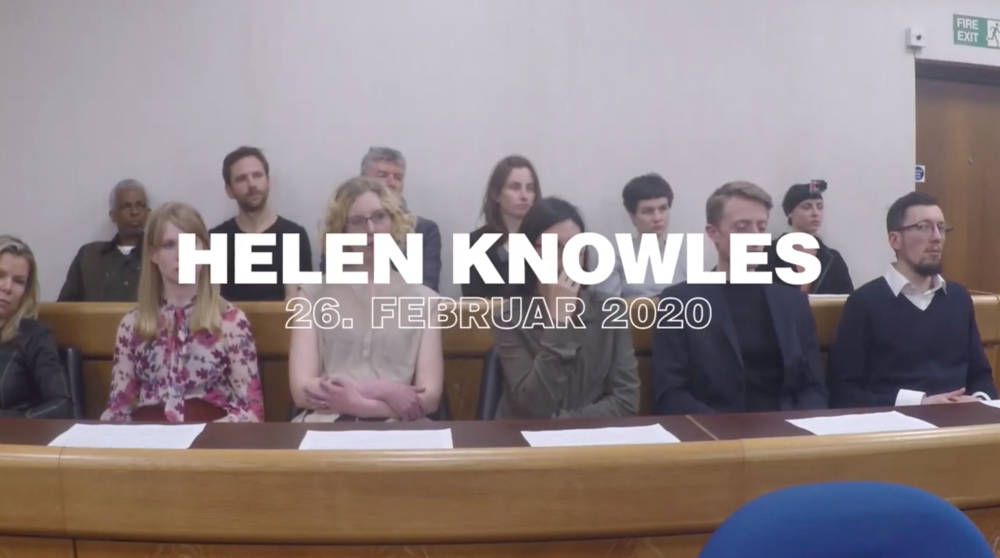
HELEN KNOWLES
In her multimedia pieces, British artist Helen Knowles addresses the interface of virtual and physical narratives. The themes she chooses range from birth to the economy to artificial intelligence. The artist often works collaboratively and actively involves numerous players in her productions.
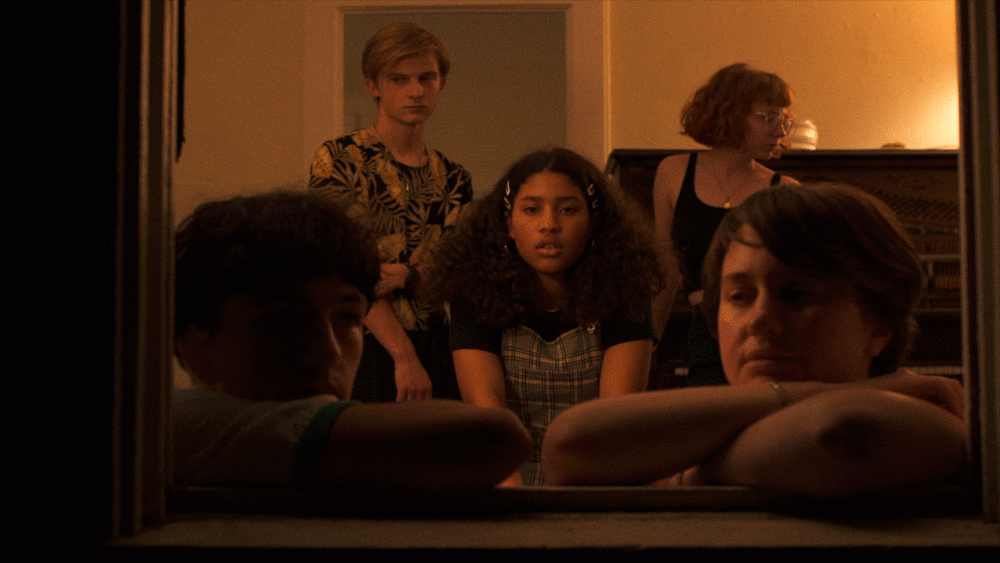
Rory Pilgrim
Rory Pilgrim’s artistic practice challenges the specifics of how we come together, speak with each other, listen to each other and with which we strive for social change by exchanging personal experiences. The artist links music, activism, spirituality, technology and community in collaborations that involve various methods of dialogue. They open up a space in which the meaning of comprehension and reciprocal care are renegotiated.